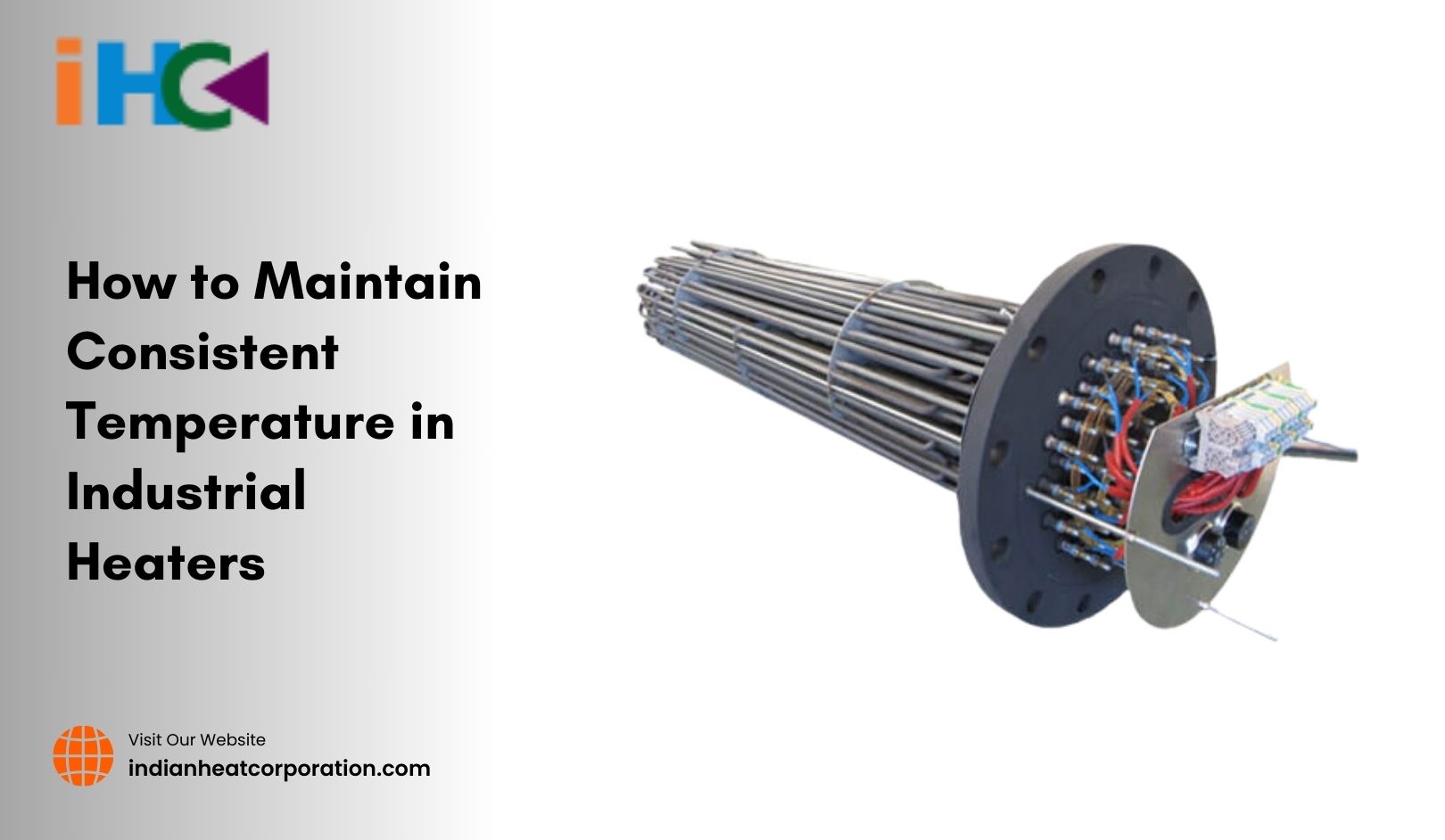
Maintaining a consistent temperature in industrial heating systems is crucial for efficient operations, safety, and product quality. Industrial heaters are employed in a variety of industries ranging from manufacturing to food processing, chemical production, and more. These systems must be meticulously controlled to ensure that the heated environment remains within desired parameters, as any deviation can lead to malfunction, wasted energy, or compromised results. In this article, we will delve deep into how to effectively maintain consistent temperatures in industrial heaters, focusing on best practices, methods, and technologies.
Before discussing how to maintain a consistent temperature in industrial heaters, it is important to understand what an industrial heater is and how it works. Industrial heaters are designed to provide thermal energy to industrial processes, where precise temperature control is essential. These heaters are found in various applications, such as:
Industrial heaters are typically powered by electricity, gas, or steam, and they vary in design based on the specific requirements of the application.
In industrial settings, consistent temperature control is essential for several reasons:
Industrial heaters face several challenges in maintaining consistent temperature, including:
To address these challenges and ensure reliable performance, industrial heaters require proper maintenance, the right technology, and well-established procedures. Here are some best practices:
1. Install Advanced Temperature Control Systems
Modern industrial heaters often come equipped with advanced digital temperature control systems. These systems allow precise monitoring and adjustment of the heater’s output. Temperature controllers can be programmed to maintain a setpoint temperature within a narrow range, thus minimizing fluctuations.
Types of Temperature Control Systems:
Advantages:
2. Regular Calibration of Temperature Sensors
Temperature sensors are vital for accurate readings and control of the heater’s temperature. Over time, sensors can drift or degrade, leading to inaccurate temperature readings. To avoid this, regular calibration of temperature sensors is essential.
Calibration Process:
3. Proper Heater Sizing and Placement
The size and placement of your industrial heater play a crucial role in maintaining consistent temperatures. An undersized heater will struggle to reach the desired temperature, while an oversized unit can lead to overheating or rapid cycling.
Considerations:
4. Use Insulation to Minimize Heat Loss
Heat loss is a major factor that leads to temperature fluctuations. Industrial heaters, especially those used in high-temperature applications, should be adequately insulated to retain heat and maintain a steady temperature.
Types of Insulation:
By insulating heating systems, you reduce energy consumption and prevent temperature drops due to heat loss.
5. Routine Maintenance and Cleaning
Industrial heaters require regular maintenance to ensure optimal performance. Dust, dirt, and debris can build up inside the heater and affect its efficiency, causing inconsistent heating. Regular cleaning helps prevent clogging and ensures that all components are functioning properly.
Maintenance Checklist:
6. Implementing Overheating Protection
To prevent overheating, which can damage equipment or cause safety hazards, it's essential to implement overheating protection systems. Many industrial heaters come with built-in safety features, but additional safeguards can provide further protection.
Overheating Protection:
By integrating these protections into your system, you can prevent dangerous overheating incidents and ensure that the heater operates within a safe temperature range.
The latest technological advancements have greatly improved the consistency and efficiency of temperature control in industrial heaters. Some notable technologies include:
1. Smart Heaters
Smart heaters use IoT (Internet of Things) technology to provide real-time temperature monitoring, remote adjustments, and data analytics. These systems can be integrated with building management systems (BMS) to automate temperature regulation based on occupancy or external temperature conditions.
Features:
2. Infrared Thermometers and Thermal Cameras
These tools are used to monitor the temperature of industrial heaters remotely, without physical contact. They allow for quick detection of temperature anomalies, such as overheating or hot spots, which can then be addressed promptly.
3. Advanced Control Valves
Control valves are essential for maintaining consistent temperatures in heating systems that use fluids, such as steam or hot oil. These valves regulate the flow of the heating medium to maintain a stable temperature.
Types of Control Valves:
When it comes to selecting an industrial heater, partnering with a reputable manufacturer is critical. In Delhi, India, Indian Heat Corporation stands out as a best industrial heater manufacturer, known for its expertise in producing high-quality heating solutions.
Indian Heat Corporation offers a wide range of industrial heaters, including electric, gas, and steam heaters, all designed to provide reliable and consistent temperature control. Their products are used in diverse industries, including manufacturing, chemical processing, and food production.
Why Choose Indian Heat Corporation:
Choosing the right manufacturer, like Indian Heat Corporation, ensures that your industrial heating system is not only efficient but also capable of maintaining consistent temperatures for optimal performance.
Maintaining consistent temperatures in industrial heaters is essential for maximizing efficiency, product quality, and safety. By employing best practices such as installing advanced temperature control systems, regular sensor calibration, and proper maintenance, industrial heaters can perform optimally for years. Technologies like smart heaters and infrared monitoring systems offer added precision and convenience in temperature management.
When selecting an industrial heater, it is essential to partner with a trusted manufacturer like Indian Heat Corporation in Delhi, India, which specializes in creating customized and reliable heating solutions for various industries.
By following the right procedures and leveraging the latest technologies, businesses can ensure that their industrial heating systems remain consistent, efficient, and safe, ultimately boosting productivity and reducing operational costs.